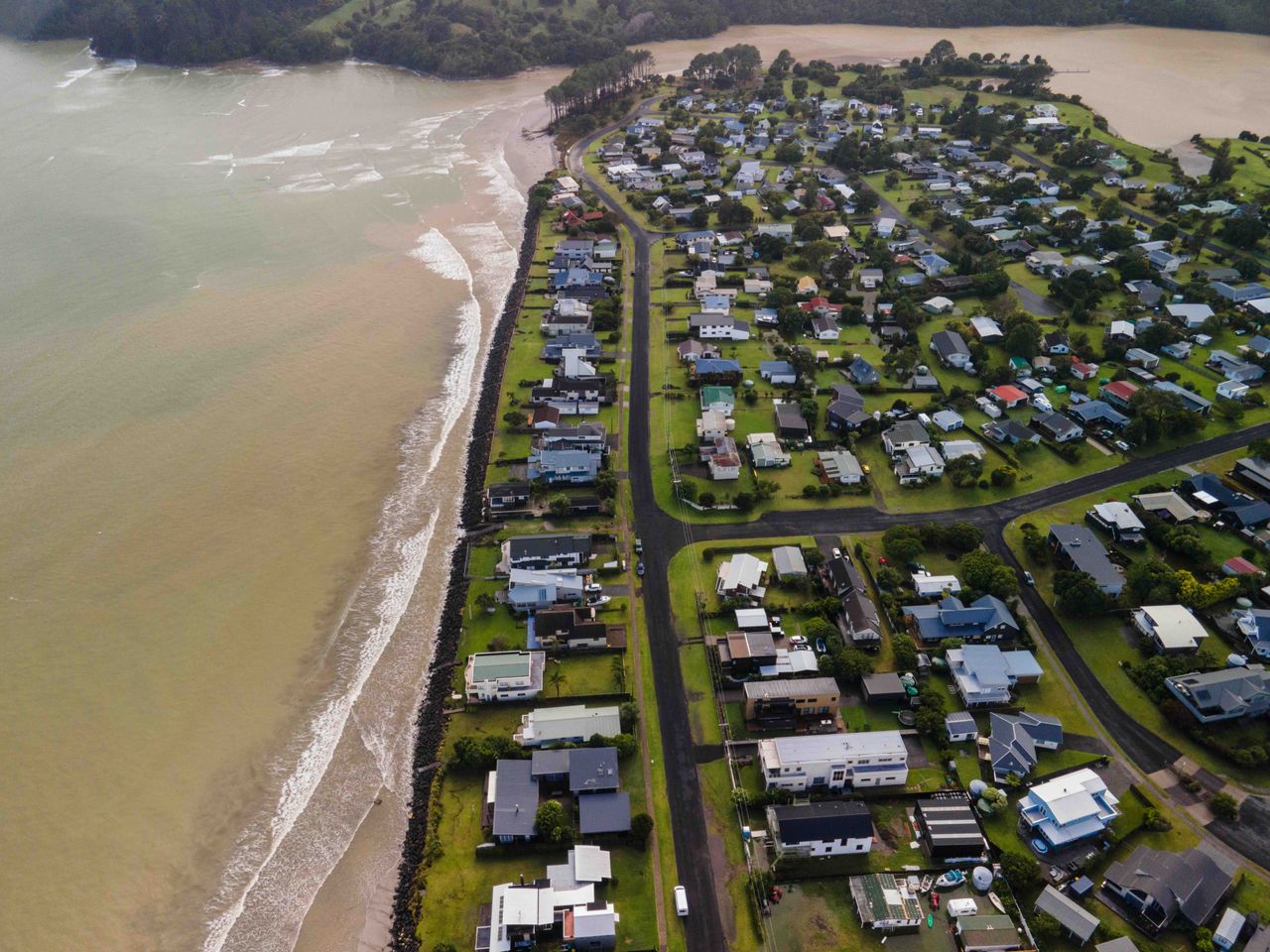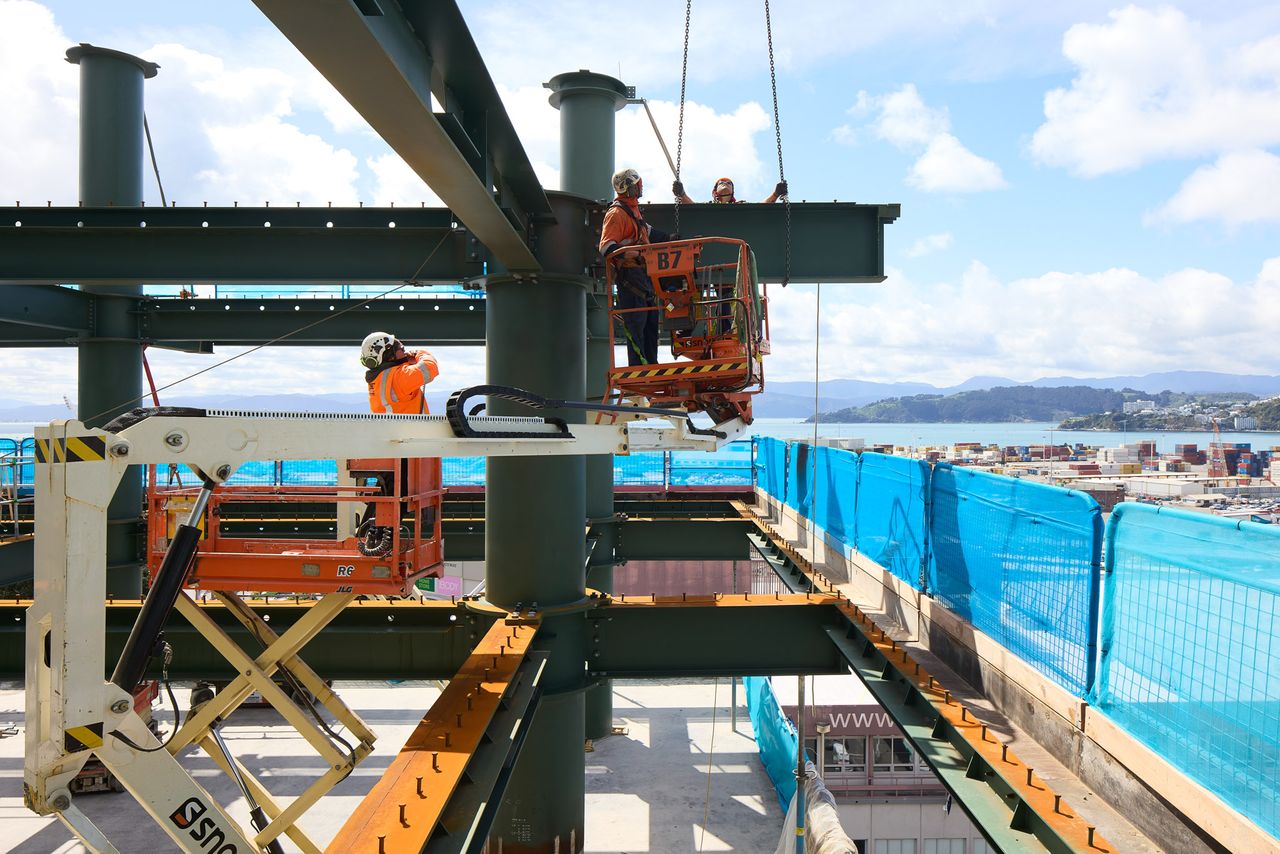News & Insights
New Zealand Climate Change Strategy
Author
Date
- 2024 September

Glen Hughes, South Island Infrastructure Lead at RCP, has an interest in understanding how the infrastructure response to natural events shape communities. In this article, he examines New Zealand's recently released Climate Change Strategy and reflects on whether it’s truly asking the right questions for the future.
In July the Government released its climate change strategy reiterating its commitment to meeting climate change targets by reducing the impacts of climate change and preparing for future impacts. There is a lot to unpick in the strategy, but perhaps the most fundamental question is: should we admit defeat and do our best to adapt and survive, or should we be taking action to stop making it worse?
It’s the classic ambulance and cliff scenario. We can plan to prepare our communities and make our infrastructure more resilient to the effects of climate change, but the ambulance is firmly parked at the bottom of the cliff. Perhaps if the ambulance was at the top of the cliff, we wouldn’t continue to be making decisions that allow increased emissions, degradation of the natural environment, and intensification of natural hazard risk.
I don’t see a lot of that in the strategy. Rather, the five pillars focus on infrastructure resilience and well-prepared communities, credible markets supporting the climate transition, clean energy being abundant and affordable, world leading climate innovation boosting the economy, and nature-based solutions addressing climate change. Laudable, but you could be excused for thinking this looks like a strategy to economise climate change rather than a strategy to slow, stop or even reverse it.
To be fair, digging deeper in the strategy reveals one example of nature-based solutions. It states that the Government plans to restore biodiversity, while investigating new ways of harnessing nature to remove emissions from the atmosphere. No detail of how, but if successful, it would be a positive, future-focussed action that would make things better.
Perhaps an emphasis on response and recovery has become normalised over reduction and resilience. A recent IAG poll from the insurance industry showed 65% of New Zealanders want to see more focus and resource put into reducing the impacts of climate related hazards, with the three top priorities being making buildings and infrastructure more resilient, avoiding or reducing development in high-risk locations and protecting existing buildings and infrastructure. Maybe this was a reaction to recent climatic events wreaking havoc across parts of North Island, but I wonder if the poll had focused on not allowing activities that makes climate change worse in the first place, there may have been a different result.
So, are we making good decisions around climate change? Well, there is an argument that initiatives such as fast track consenting with limited environmental consideration, a reemergence of carbon emitting activities such as mining and road over rail, and initiatives around housing growth that blur the boundaries between urban intensification and greenfield development, all provide a platform for bad decision making. No disrespect to those who will be making such decisions, but the system enables bad decisions if they are inclined to make them.
Strategy underpins objectives and tactics, so the implementation of the climate change strategy will be tested as our decision makers head into proposed regional deal negotiations. It is here that a pillar around not supporting activities that worsen, advance or exacerbate climate change might have been useful.
And this is the dichotomy. Government releases a climate change strategy on one hand, while on the other hand promotes policies and initiatives that will likely contribute to climate change.
There is no argument that the government has a full plate of issues to get on top of, but is there adequate prioritisation being given to the biggest issue of them all?



